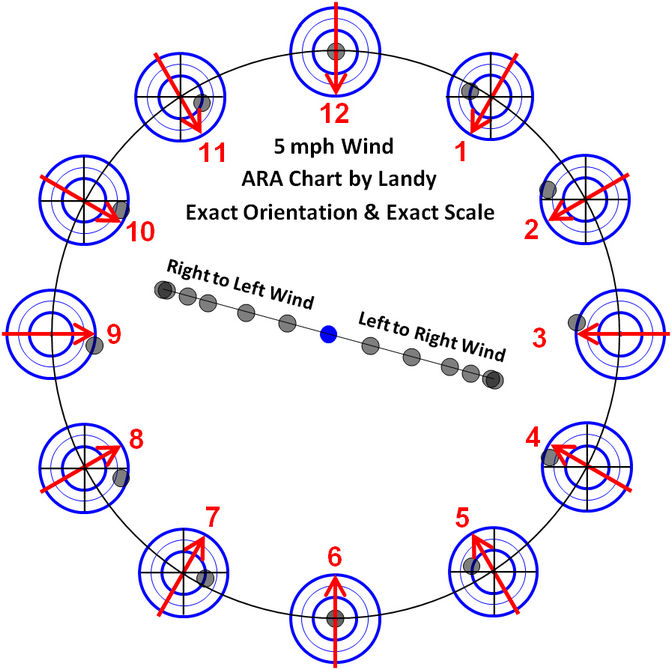I've been messing around with designing a wind rose or chart that actually describes where the bullet impacts rather than those in the past which only show an exaggerated flight of the bullet with no info for wind velocity.
The problems are creating a chart that's intuitive, but not cluttered with so much info it's hard to use for a quick reference while shooting a match.
This is my latest and I'd like some input on how useful it might be or how I might improve it. Don't be afraid of being critical and it would be very helpful if new or beginning shooters would comment.
Thanks for looking,
Landy

The problems are creating a chart that's intuitive, but not cluttered with so much info it's hard to use for a quick reference while shooting a match.
This is my latest and I'd like some input on how useful it might be or how I might improve it. Don't be afraid of being critical and it would be very helpful if new or beginning shooters would comment.
Thanks for looking,
Landy






